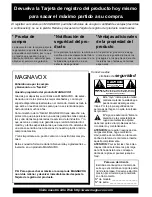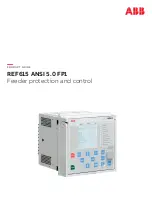
Chapter 4: Testing and troubleshooting
52
SIGA-REL Technical Reference Manual
Code requirements for testing
It is important that you understand and are familiar with the applicable code
requirements for system testing. Perhaps the most important code is found in
NFPA 72
National Fire Alarm Code
, Chapter 7, “Inspection, Testing, and
Maintena
nce.” Here are excerpts from this standard.
7-1.5.1: Testing personnel shall be qualified and experienced in the specific
arrangement and operation of suppression systems and releasing functions and
cognizant of the hazards associated with inadvertent system discharge.
7-1.5.2: Occupant notification shall be required whenever a fire alarm system
configured for releasing service is being serviced or tested.
7-1.5.3: Discharge testing of suppression systems shall not be required by this
code. Suppression systems shall be secured from inadvertent actuation,
including disconnection of releasing solenoids or electric actuators, closing of
valves, other actions, or combinations thereof, for the specific system, for the
duration of the fire alarm system testing.
7-1.5.4: Testing shall include verification that the releasing circuits and
components energized or actuated by the fire alarm system are electrically
supervised and operate as intended on alarm.
7-1.5.5: Suppression systems and releasing components shall be returned to
their functional operating condition upon completion of system testing.
Further, both NFPA 2001
Standard on Clean Agent Fire Extinguishing Systems
,
which covers FM-200 releasing systems, and NFPA 12A
Halon 1301 Fire
Extinguishing Systems
, require a manual disconnect mechanism for use when
testing the fire system.
System testing
Checking your work
Caution:
Some events after a download or an upload may destabilize the system
enough to activate the release circuits. Do not connect the releasing solenoids
until system testing is complete and the system is stable.
Check your installation and programming work before you connect the releasing
solenoids.













































